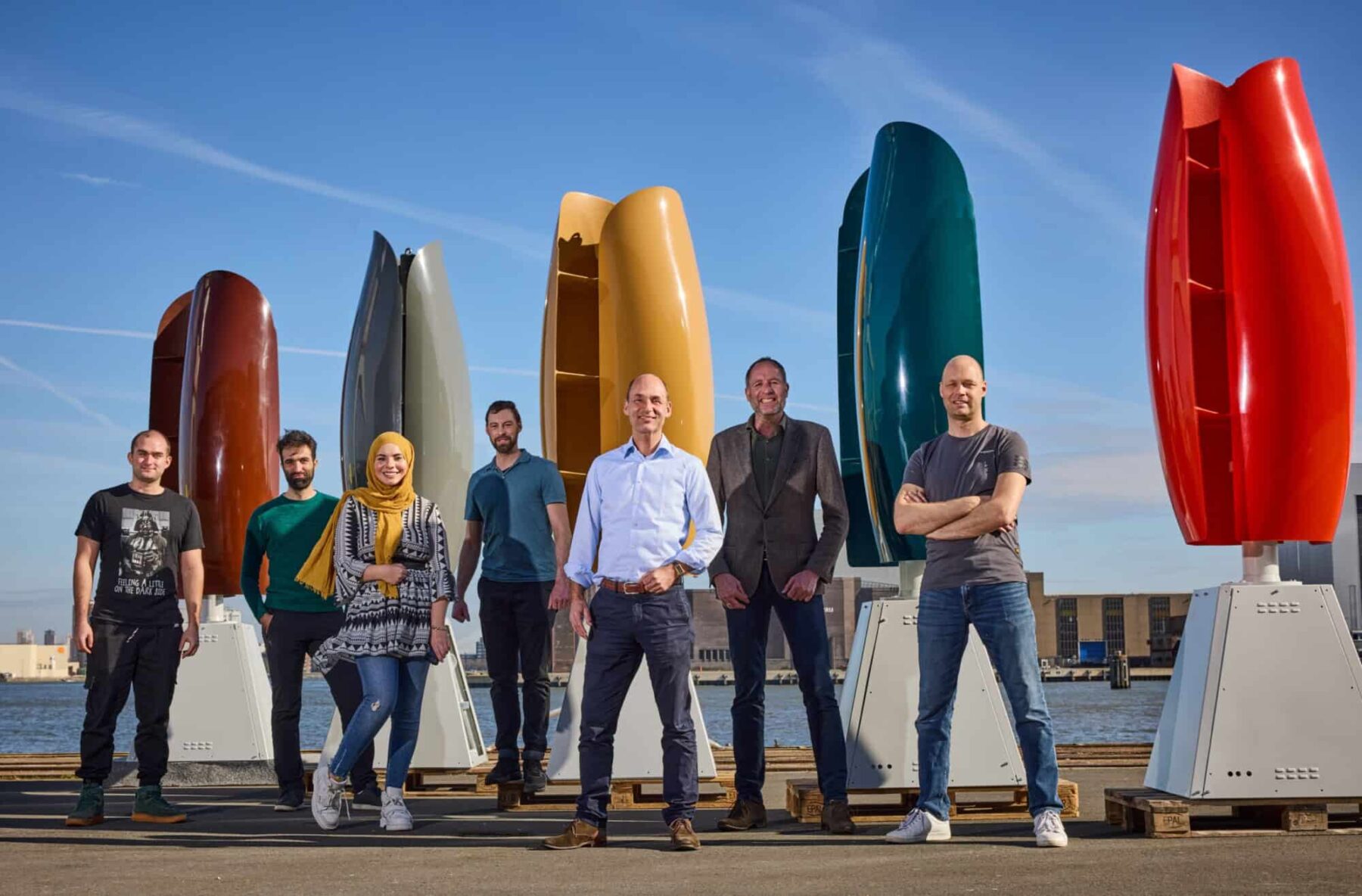Japanese trading house Itochu plans to help produce and sell ammonia from gas in Canada's Alberta province from 2026, in a venture that will capture and store the carbon dioxide (CO2) produced.
Itochu will work on the project with Petronas Energy Canada, the Canadian subsidiary of Malaysian state-owned oil firm Petronas, and an unspecified Canadian infrastructure company. Itochu will be in charge of sales and logistics of the ammonia, considering potential exports to Japanese power, metal and petrochemical producers. The companies are targeting to start construction of the 1mn t/yr plant in 2023.
The companies plan to use natural gas generated from Petronas' oil fields in Alberta as the ammonia feedstock, while capturing and storing CO2 emitted during the production process to manufacture so-called blue ammonia. Itochu and the partners plan to send the CO2 to existing carbon capture and storage (CCS) facilities managed by Shell or Canadian companies to store it underground. They have not specified to which CCS facilities they will they send the CO2 to. Itochu is also discussing other uses for the CO2 but has not reached a decision.
Itochu has also agreed to study the feasibility of a blue ammonia value chain in Siberia with Russia's Irkutsk Oil. The trading house is leading a global group of 23 firms to research use of green ammonia as vessel fuels, with the fuel produced from renewable energy source with no emissions.
Japan is aiming to develop ammonia supply chains for the country's energy security. Japan's ministry of economy, trade and industry is targeting a 1pc share of hydrogen and ammonia for the first time in Japan's planned April 2030-March 2031 power mix.
Itochu's 'blue' ammonia to power Japan's green future
Itochu has agreed to conduct a joint feasibility study with a Canadian subsidiary of Malaysian state energy company Petronas, as well as a local infrastructure company that builds gas pipelines. The $1.3 billion plant will manufacture ammonia from natural gas extracted from a field owned by the Petronas unit, making up to 1 million tons per year.
The trading house plans to ship the fuel to Japan, helping to bring the coal-reliant country a step closer to meeting its emissions-cutting goals. Ammonia generates no carbon dioxide when burned and can be blended with coal to reduce emissions at fossil-fuel power plants.
Plans call for breaking ground on the facility in an Alberta industrial zone in 2023. Itochu and the local infrastructure company will set up a joint venture for the plant. The trading house will handle most of the sales as well as set up a transportation network.
Ammonia is produced by stripping away hydrogen from natural gas and combining it with nitrogen. Itochu plans to capture and store carbon dioxide produced in the process. The resulting fuel, made with a reduced climate impact, is so-called blue ammonia, as opposed to "green" ammonia made using renewable energy sources such as solar power.
Ammonia from the new plant will be shipped from western Canada by sea to Itochu's home country, mainly for sale to power companies as well as manufacturers that generate their own power, such as steel and chemical makers.
A million tons of ammonia blended with coal at a 20-80 ratio is enough to power two 1-gigawatt power station units for a year. The Japanese government aims to have the country consume 3 million tons of ammonia fuel each year by 2030.








